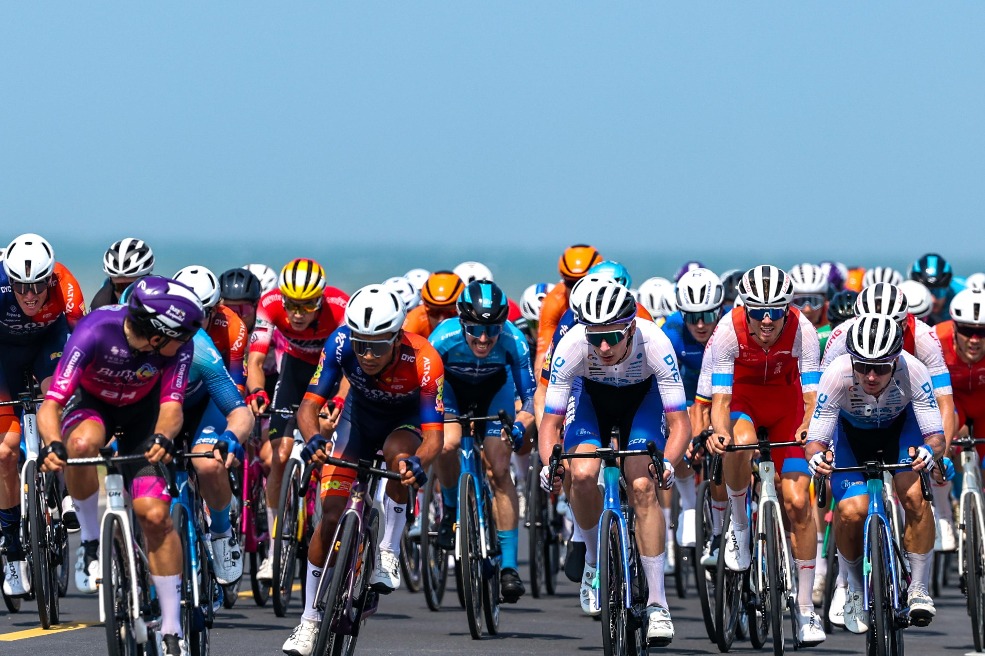Asset quality of State banks to remain stable


The credit risk of China's large State-owned commercial banks may increase slightly but their asset quality will continue to remain stable this year, experts said.
"Holding expectations for China's strong economic growth (this year), the recovery of production and operations of domestic enterprises will speed up. As a result, temporary problems with capital turnover brought by the COVID-19 pandemic will be eased, said Wang Jingwu, vice-president of Industrial and Commercial Bank of China Ltd, the country's largest State-owned commercial lender by assets.
"This will be conducive to banks' efforts to mitigate risks associated with the loans granted under the policy which defers repayment of principal and interest on inclusive loans to small businesses."
During the implementation of the policy, ICBC ensured that its clients benefiting from the policy met the relevant regulatory requirements. It carefully screened risks associated with these loans and took different measures to dissolve risks in an orderly manner, Wang said.
By the end of last year, only 0.8 percent of the loans offered by ICBC to small businesses under this policy had turned sour.
China Construction Bank Corp, the country's second-largest State-owned commercial lender, implemented stringent credit grading to proactively identify new nonperforming assets. Its NPL ratio was 1.56 percent last year, up 0.14 percentage point from a year earlier.
Jin Yanmin, chief risk officer of CCB, said key indicators revealed that the bank's asset quality still remains stable. For example, overdue loans and advances to customers accounted for 1.09 percent of the total for 2020, falling from 1.15 percent by the end of 2019.
Last year, CCB's infrastructure-related NPLs increased slightly, which was caused by its rectification of the nonstandard asset management business and growing risk exposure in some regions due to China's efforts to clear up implicit risks of local government debt, Jin said.
This year, challenges for risk control still remain for the bank, but the overall risk of CCB is under control, he said.
The bank disposed of 190.4 billion yuan ($29.1 billion) of NPLs last year, up 20 percent from 2019.It is estimated that the volume of its NPL disposal will stay at the same level this year.
Agricultural Bank of China Ltd, another large State-owned commercial lender, also ramped up NPL disposal and improved its risk offset capacity by setting aside 164.7 billion yuan of credit impairment losses. The ratio of its allowance to nonperforming loans was 261 percent.
Chen Huaiyu, vice-president of Bank of China Ltd, said the asset quality of its domestic institutions will remain under pressure this year, considering that China may tighten monetary policies amid the economic recovery, and the country may gradually exit from policies supporting small businesses.
BOC has paid high attention to potential risks associated with the businesses that faced temporary financial difficulties due to COVID-19 and conducted multiple rounds of risk screening on the clients whose principal and interest repayment have been delayed. So far, its lending risk to these clients has been under control, he said.
"We will further consolidate our bank's asset quality and strengthen our mitigation of potential risks this year," he said, adding that the measures include adopting a multilayered approach to refine the management of clients whose loans turn sour, setting aside adequate allowances for impairment losses on loans, and accelerating digital transformation of credit risk management.
Benefiting from China's economic recovery and stepped-up efforts to resolve nonperforming loans, the asset quality of BOC has improved marginally. Its NPL ratio was 1.46 percent at the end of 2020, falling 0.02 percentage point from the end of the previous quarter.
The BOC Research Institute forecast that the NPL ratio of China's banking sector will slightly increase but remain generally stable this year.
"Although the Chinese economy is keeping a stable and upward trend, the foundation of recovery is not solid yet. Therefore, some regions and industries may be further exposed to credit risk.
"However, the asset quality risk of China's banking sector is still controllable, thanks to policy support and a continuous upward trend of business operation," said Chen Weidong, president of the BOC Research Institute.
Last year, China's banking sector disposed of 3.02 trillion yuan of nonperforming assets in total, hitting a record high. This eased the historical asset quality pressure on commercial banks, he said.
Moreover, the State Council executive meeting on March 24 announced that the policy to defer repayment of principal and interest on inclusive loans granted to micro and small businesses will be extended till the end of this year. This will give extra time to banks to form a buffer against potential bad loans.




































